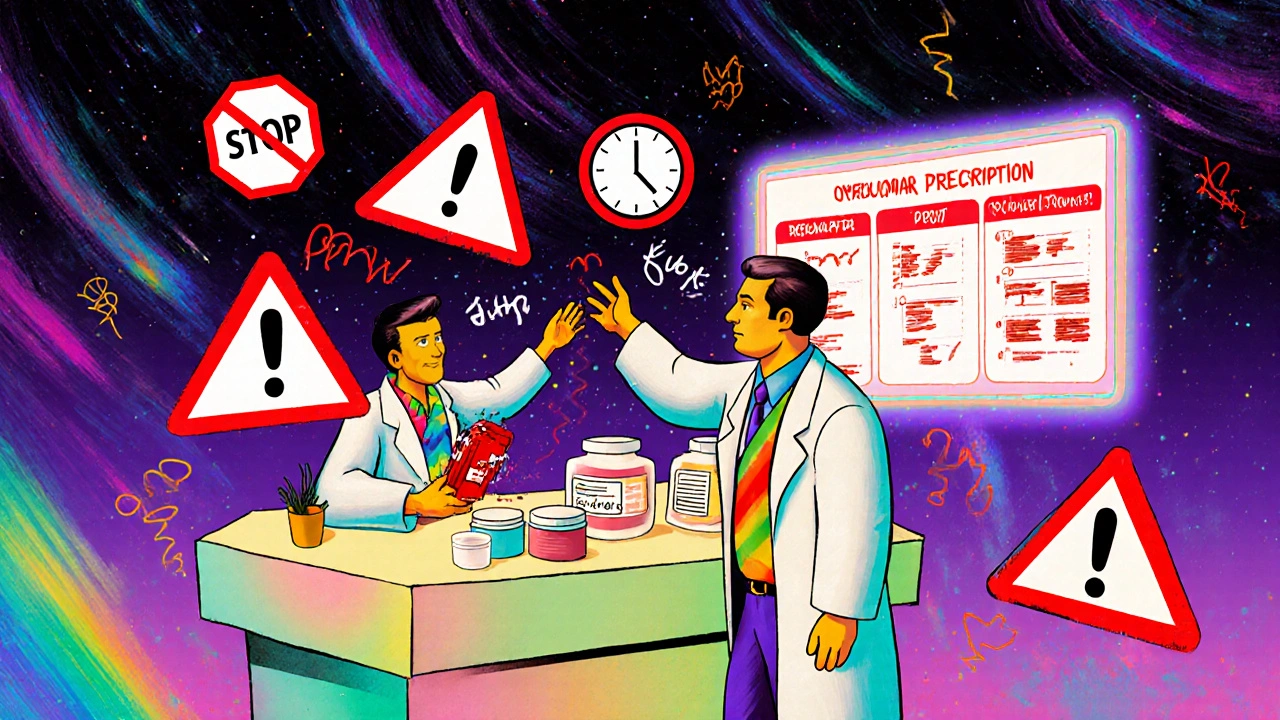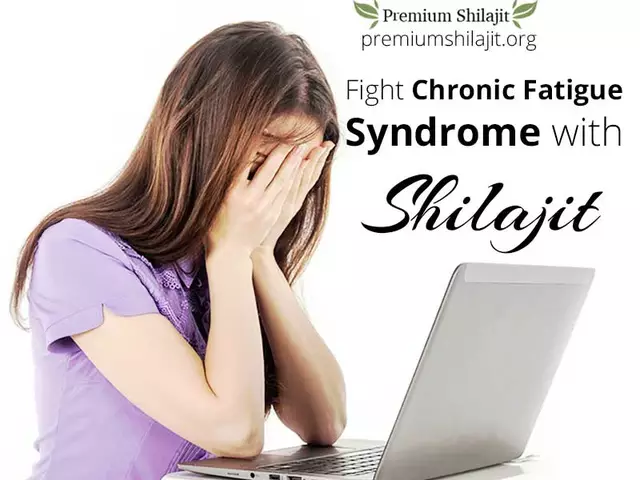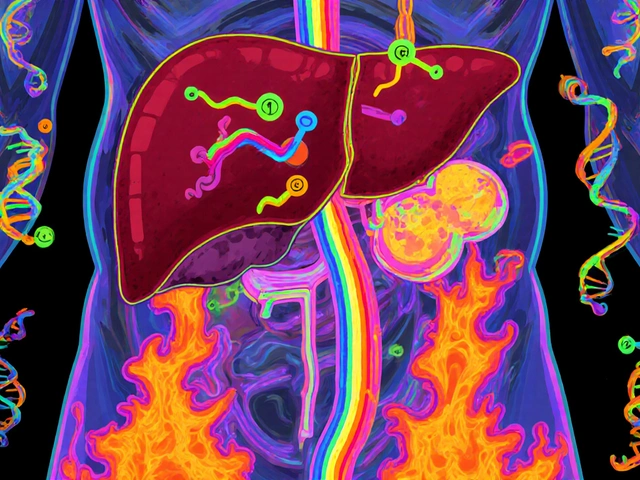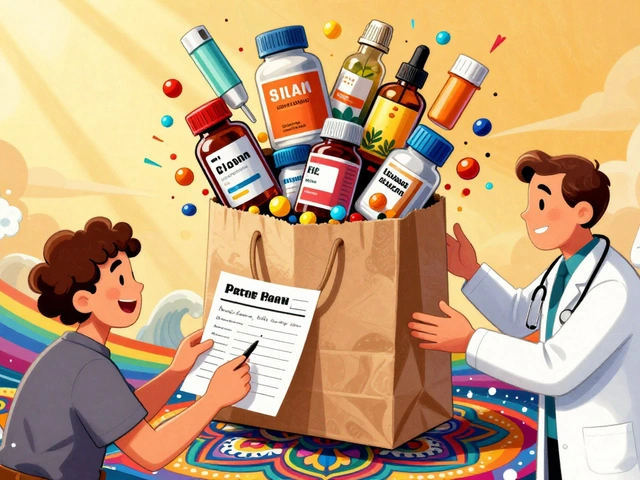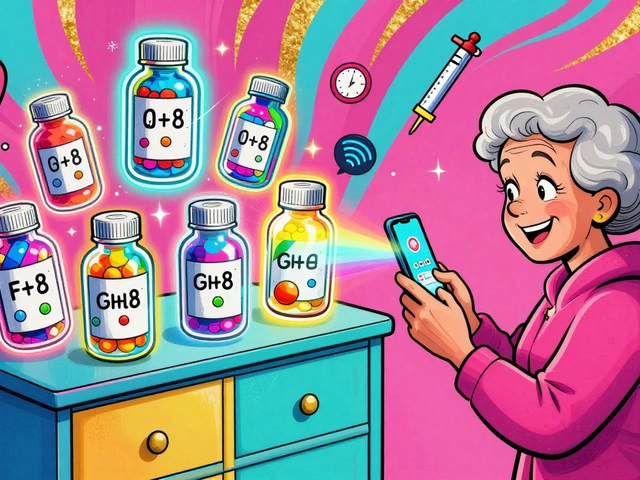Early Refills: When and Why You Can Get Your Prescription Sooner
When you need your medication before the scheduled refill date, you’re dealing with an early refill, a request to fill a prescription before the standard refill window opens, often due to travel, dosage changes, or missed doses. Also known as early prescription refill, it’s not a loophole—it’s a practical tool built into pharmacy systems to keep people healthy when life gets messy. Most insurers and pharmacies set refill windows based on the days’ supply written on your prescription. For a 30-day supply, that usually means you can refill after 25–27 days. But if you run out early because you missed a dose, went on vacation, or your doctor changed your dose, you’re not alone—and you’re not breaking any rules if you ask the right way.
Early refills aren’t automatic. They require a reason, and the system checks for patterns. If you’ve requested early refills three times in six months, your pharmacy might flag it. That’s not suspicion—it’s safety. Medications like opioids, benzodiazepines, or even high-dose statins have strict controls to prevent misuse. But for common meds like blood pressure pills, thyroid hormones, or allergy drugs, early refills are routine. Your doctor can call in a note to the pharmacy explaining why you need it sooner. Sometimes, just calling the pharmacy and asking works—especially if you’ve been a loyal customer. Pharmacies hate seeing patients go without meds. They’ll often bend the rules if you’re clear, honest, and polite.
Insurance plays a big role too. Some plans allow early refills only after a certain number of days have passed, while others require prior authorization. Medicare Part D, for example, has specific rules around early refills for controlled substances. But for non-controlled meds, many plans now allow early refills if your pharmacy’s system shows you’re due. You can check your plan’s portal or call the number on your card. If you’re traveling, some pharmacies offer emergency refills across state lines if you have a valid prescription. And if you’re running low because you forgot to refill? Don’t panic. Many pharmacies keep a small stock of common meds for exactly this reason.
What you won’t find in the fine print is that early refills are about medication adherence, how consistently you take your meds as prescribed, which directly impacts your health outcomes. Also known as drug compliance, it’s one of the biggest factors in preventing hospital visits. Skipping doses of blood pressure or diabetes meds can lead to serious complications. An early refill isn’t just convenient—it’s protective. That’s why doctors and pharmacists encourage it when needed.
There are limits, of course. You can’t get a refill for a 90-day supply after 10 days. And if you’re asking for early refills on a new prescription, you’ll likely be turned down until the original window opens. But for chronic conditions, where missing a dose could mean a trip to the ER, early refills are a lifeline. Pharmacies use software to track refill patterns, so if you’re consistent, they’ll notice—and help.
Below, you’ll find real-world guides on how to handle tricky situations: what to do when your statin causes muscle pain and you need to switch meds fast, how to manage early refills with insurance hurdles, and how to avoid running out when traveling. These aren’t theoretical tips—they’re from people who’ve been there, called the pharmacy, and got their meds on time. You can too.
How to Prevent Early Refills and Duplicate Therapy Mistakes in Pharmacy Practice
Learn how to stop early refills and duplicate therapy mistakes in pharmacy practice using evidence-based protocols, EHR tools, and staff training to improve patient safety and reduce medication errors.

